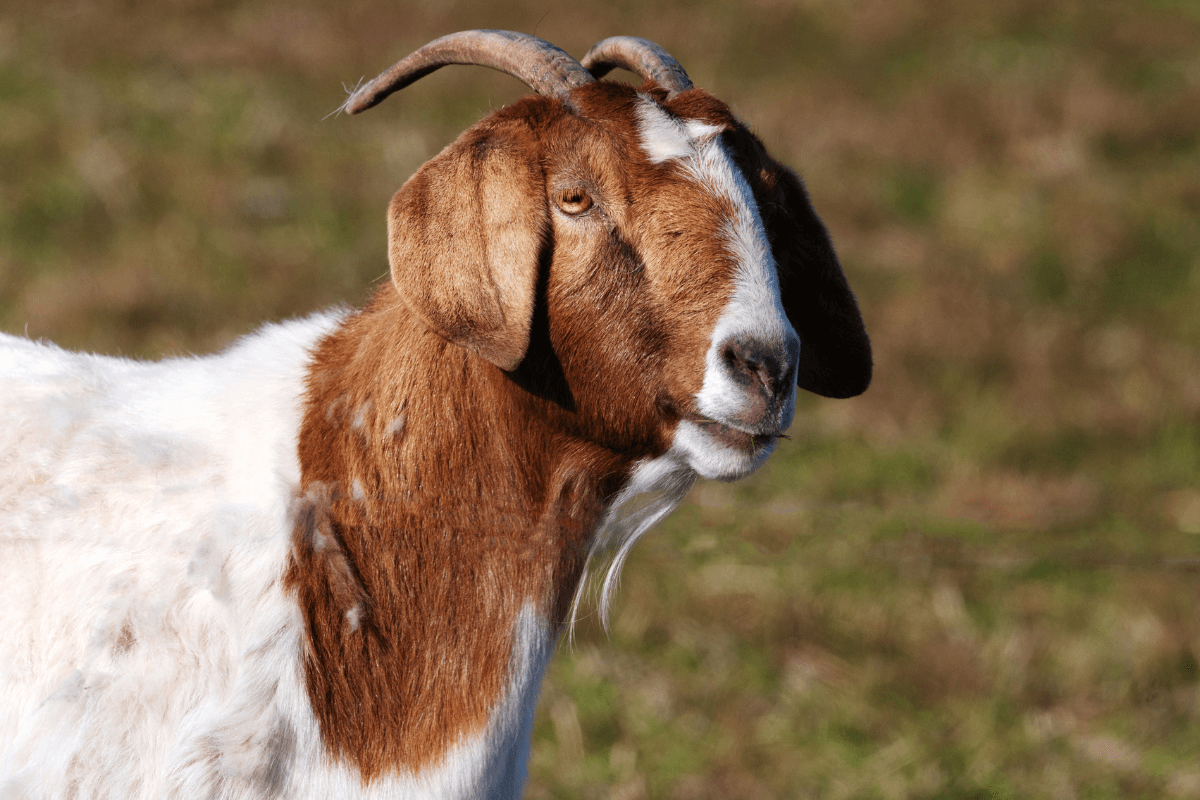I was watching a nature documentary the other day which featured daring mountain goats scaling what looked like sheer, vertical cliffs.
They effortlessly climbed up these apparently flat walls with no footholds, and I noticed that the narrator kept referring to them as ruminants.
I was a bit confused by what this meant and wondered if the term only applied to wild goats instead of domestic ones.
That in turn got me wondering if goats were even mammals, and if ruminants fit into this category.
Goats have all the hallmarks of a mammal.
They are hairy, they give birth to live young, and they feed those young from the mother’s milk, which is a feature more or less exclusive to mammals.
As I said, there are many subcategories to which goats and other domestic animals belong, of which ruminants is one.
Here we will look at the different categories and classifications to which goats belong.

What is a goat classified as?
There can be as many as 9 different categories into which animals fall, each one representing a larger group of organisms than the one that comes after.
The classification starts at kingdom; goats obviously fall into the animal kingdom.
A couple of subcategories below, you have the animal’s class, a taxonomic rank.
For goats, this is Mammalia, a Latin word denoting vertebrates characterized by the presence of the aforementioned mammary glands which they use to feed their young with milk.
So, mammal is an extremely large subcategory.
Indeed, we are currently living through the age of mammals, of which we are also a part.
Goats here fall into the same category as any hairy animal that feeds its offspring with milk that you could think of.
Dogs, cats, wolves, lions, bison, gorillas and even the famous egg-laying duck billed platypus.
Below Mammalia, goats are classified as artiodactyl, or even-toed ungulate.
This is any animal which bears its weight equally on two of their five toes.
This includes giraffes, pigs, moose and elk.
Below the classification of even-toed ungulate, the group begins to become much more recognizably goat-like.
What is a Bovidae?
Within the classification of artiodactyl, goats fall into the further subcategory of Bovidae.
This is where we get the term bovine.
Bovidae comprises the biological family of cloven-hoofed, ruminant mammals like antelope, sheep, oxen, domestic cattle and, of course, goats.
As the categories become smaller, the animals in them come to look more and more alike one another.
The family began evolving around 20 million years ago.
Excluding some domestic forms, all male bovids have at least two horns and many females of certain species possess horns too.
Though they can vary greatly in size and shape, the basic structure is always the same.
Bovids have a variety of methods of social cohesion, but virtually all live in large herds and have complex social bonds.
Wildebeest, for example, are bovids, and form some of the largest herds of large animals anywhere in the world.
The Bovidae category includes three of the five domesticated mammals that have spread beyond where they were originally domesticated, those being cattle, sheep, and goats.
Their generally docile nature, lean bodies and excellent quality milk has made many of them extremely popular as livestock for thousands of years.
What is a Capra?
Capra is the final subcategory of goats, the one belonging exclusively to them.
Indeed, Capra is simply the Latin word for goat.
The category includes 9 species, comprising both wild goats and several species of ibex.
Domestic goats are just considered a domesticated subspecies of wild goats.
Ibex are a different species, though so closely related you’d be forgiven for thinking they were goats.
They can mainly be distinguished by their much rounder and more impressive horns.
They are distinguishable from the very closely related Ovid (sheep) class by the presence of the scent glands on their feet, groin and in front of the eyes.
They can also be distinguished by their famous beards which goats are known so well for.
Goats also have hairless callouses on their knees sometimes.
What is a Ruminant?
Most of these classifications are for scientific and identification purposes, but one word we mentioned earlier should be of great interest to you as a goat owner.
Goats are ruminants, like deer, meaning they have even toes and chew the cud regurgitated from their rumen.
More importantly, however, it dictates how they ought to eat; goats like to roam around and explore, looking for food to forage.
This is the most important thing to know about goats.
The fact that they are ruminants is what dictates a lot of their personality and needs, so it’s important to be aware of it.
The animal kingdom is infinitely varied, so it has been quite the job for naturalists over the years to manage to get them into agreed categories and subcategories.
Goats are no exception to this rule, and certainly fit firmly into the well-defined category of mammal.
With any animal that seems so ubiquitous to us, like goats, it can be a bit strange to hear about all the different classifications and subcategories into which goats fit.
As long as you know they’re mammals, and perhaps try and remember ruminants, you know all that you should reasonably know.
